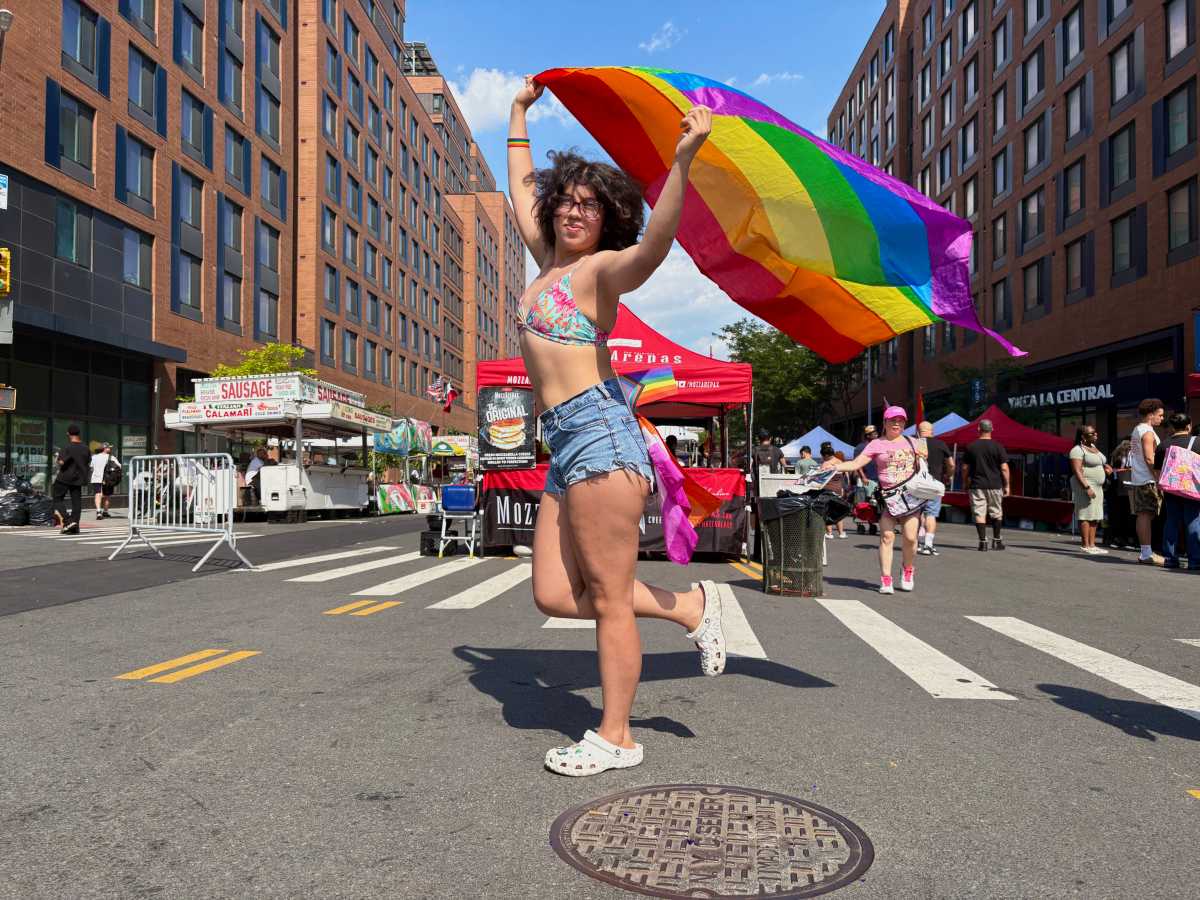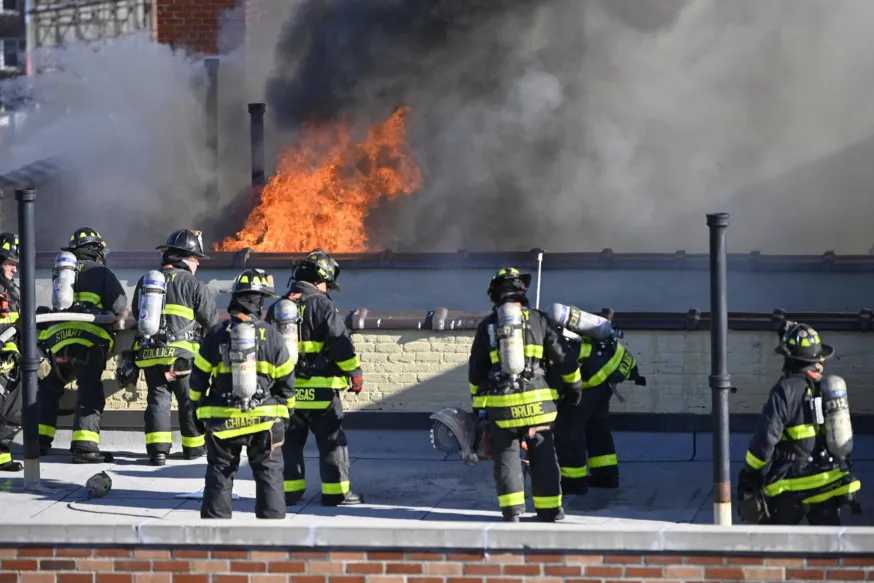The MTA has sought various remedies for fare evasion, from rigging turnstiles to boosting police presence. The ongoing problem is so bad, that last year, the MTA even considered another solution: changing the common fare evader’s behavior through psychological research.
Now, however, that plan — which would have been paid with a federal grant of up to $1 million — has been scrapped.
“NYC Transit reviewed proposals submitted for this RFP and the decision was made not to move forward,” said Demetrius Crichlow, NYC Transit president. “We remain committed to reducing fare evasion and have made significant progress in the last six months.”
The state-run agency posted on its website on Jan. 8 a renewed request-for-proposals (RFP) document asking for contracts from behavioral science experts to study the psychology behind fare evasion, a crime projected to cost the MTA up to $800 million annually.
But, according to MTA officials, there did not prove to be enough value in conducting the research, so the idea was cut.

The MTA has said fare evasion is at a “crisis level” and has tried multiple ways to end the money-stealing scourge, including spiked barriers, anti “back-cocking” methods and private security.
“Revenue loss from unpaid ridership exacerbates the MTA ‘fiscal cliff’ and ability to provide the frequent, high-quality service that New York depends on,” the now-defunct RFP stated. “The MTA is seeking vendors who can apply the theories of civic cultural change and tools of behavioral science to reduce fare evasion on NYC Transit buses and subways.”

Each NYC bus and subway fare is $2.90. Fares and tolls account for a sizable portion of the MTA’s annual budget revenue, which is almost $7 billion a year.
Nearly $700 million in revenue was lost due to fare and toll evasion in 2022 alone, according to a May 2023 report called the Blue-Ribbon Panel on MTA Fare and Toll Evasion.
“All New Yorkers depend on a well-functioning, well-funded transit system – and evasion is a problem we all must solve together,” the report states.
Meanwhile, the fare evasion initiatives come at a critical time for the MTA, as it faces a potential roadblock on congestion pricing tolls after the Trump administration formally moved to kill the controversial Manhattan toll program on Feb. 19.
About the axed study
MTA officials originally wanted to conduct the study to address a “new social perspective” on fare evasion that they say emerged in the wake of the COVID-19 pandemic.
“Not paying the fare is simply not as ‘bad’ as it once was,” the RFP stated. “Whether students jumping the turnstiles or elderly people toting designer shopping bags, we frequently observe opportunistic riders of all ages, genders, races and perceived socioeconomic backgrounds evading the fare.”


Still , the MTA has tried other methods recently to combat fare evasion. Most recently, metal half-moon shields were installed on turnstiles at the Brooklyn Bridge-City Hall/Chambers Street subway station, home to the 4, 5, 6, and J/Z trains.
The point of the crescent-shaped extenders, like other fare-evasion devices, is to deter fare dodgers from holding on to the turnstile as they jump over it.
Editor’s note: An earlier version of this story went live with inaccurate information. To meet our standards, it was removed and replaced with this version — which now reflects the facts about the fare evasion study proposal and its dismissal by the MTA. We regret the error and any confusion which may have resulted.
Read More: https://www.amny.com/nyc-transit/






































